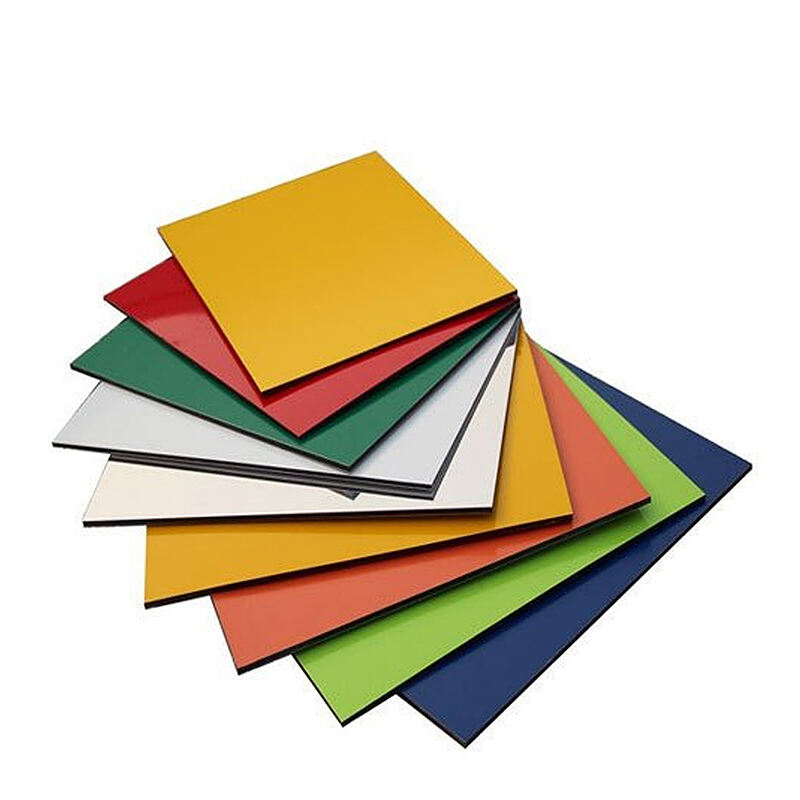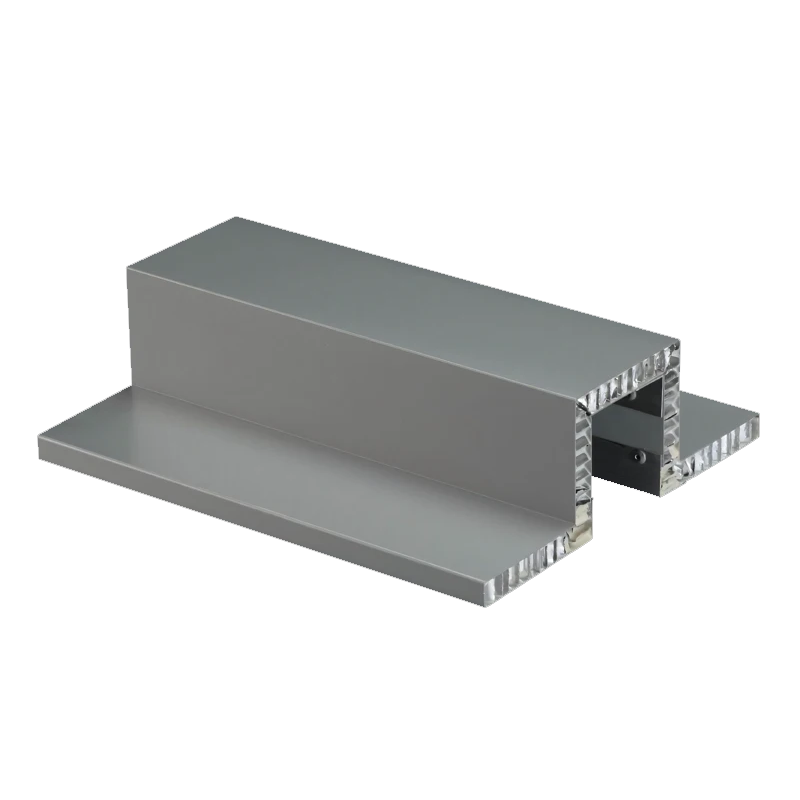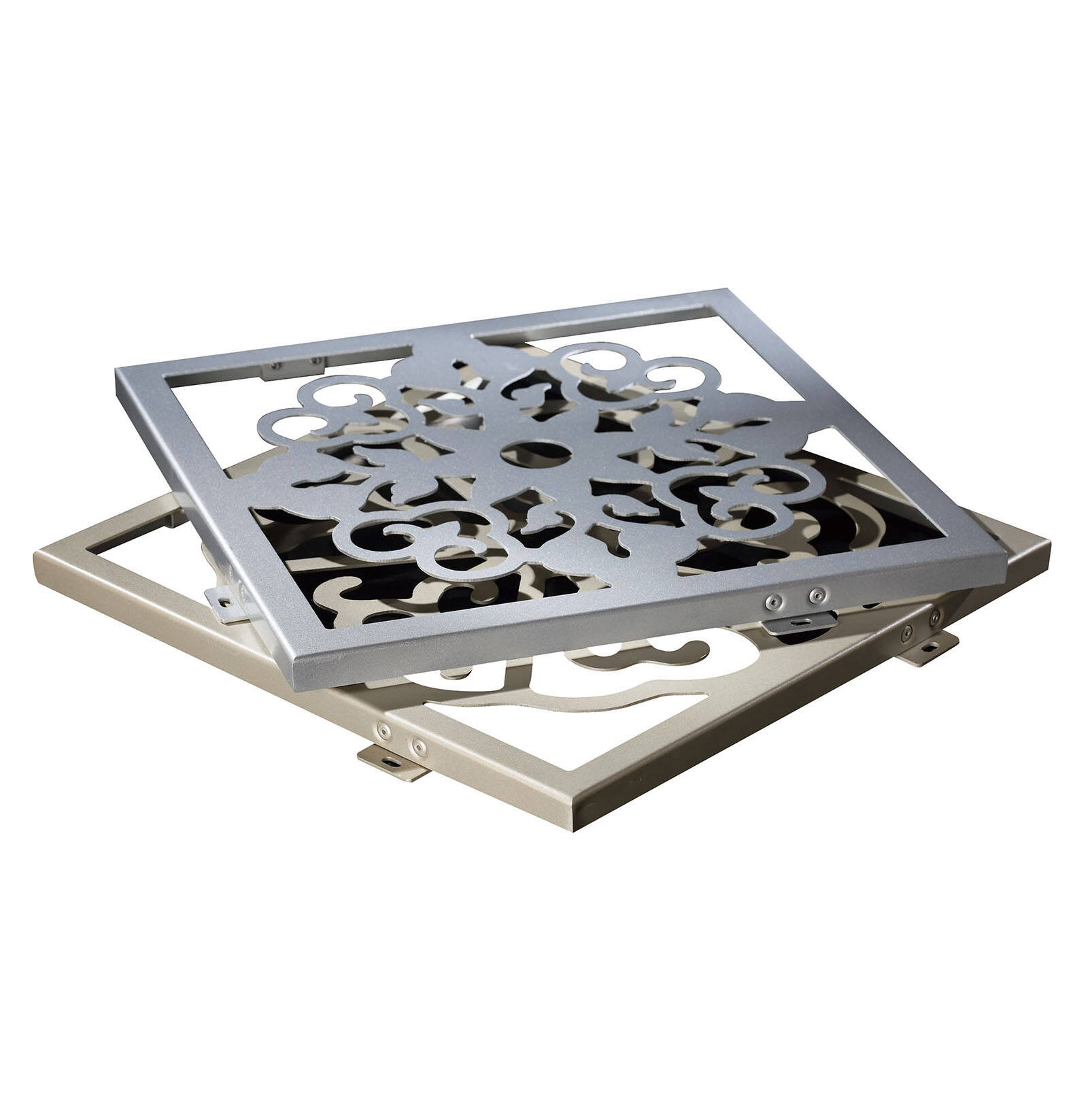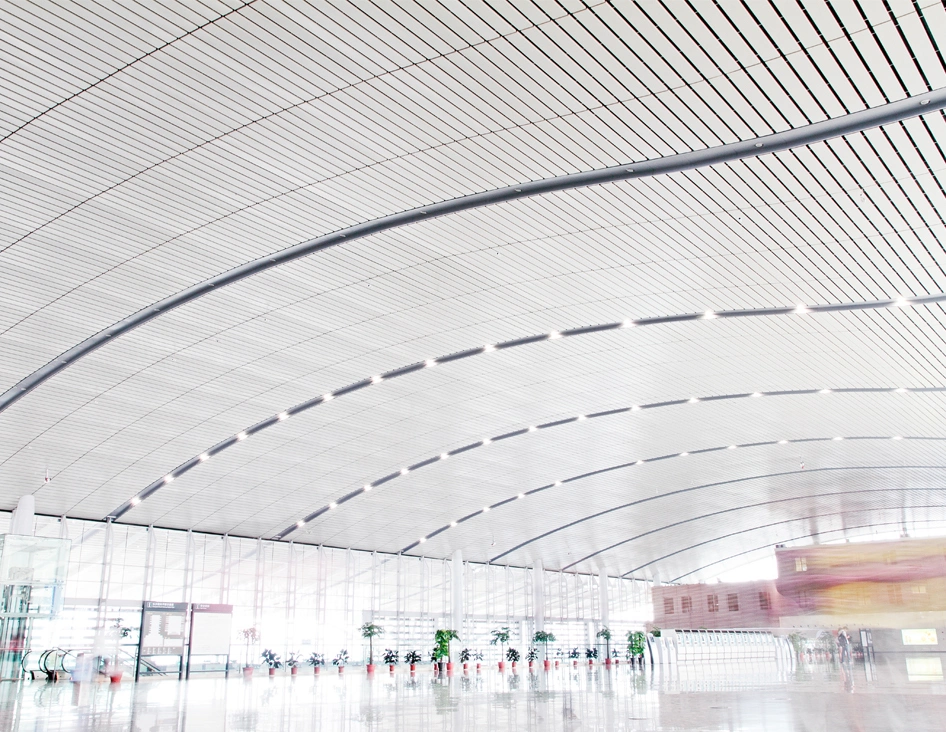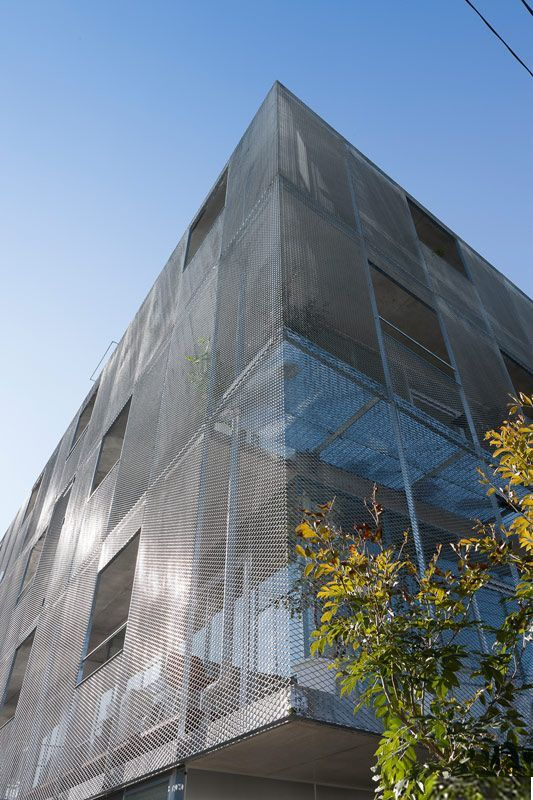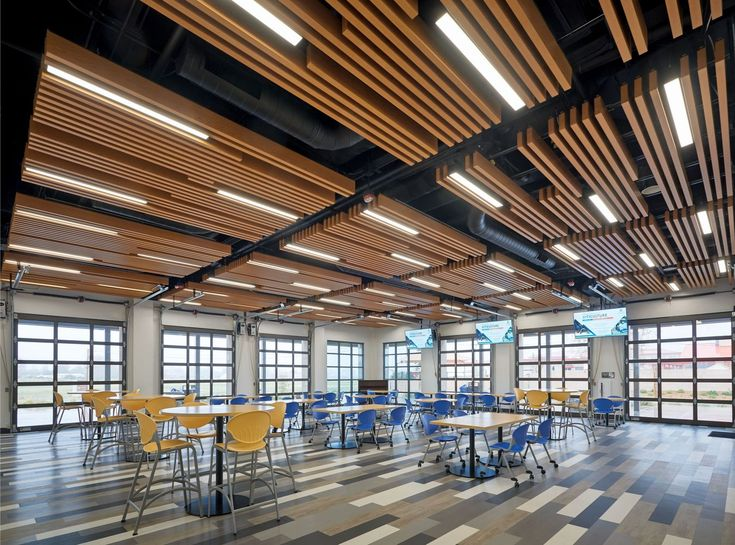Advanced Solar Control and Energy Efficiency
The perforated aluminium facade system excels in providing sophisticated solar control capabilities that directly impact building energy performance. The carefully calculated perforation patterns act as an intelligent solar screen, effectively managing the amount of direct sunlight that enters the building throughout different times of the day and seasons. This feature allows for optimal natural light utilization while preventing excessive heat gain, resulting in reduced cooling loads and energy consumption. The system's ability to create a microclimate between the facade and the building envelope further enhances its energy-saving potential. During warmer months, the perforated panels facilitate natural ventilation through the stack effect, while in colder periods, they can help create an insulating air buffer. This dynamic response to environmental conditions translates into significant energy savings and improved occupant comfort throughout the year.

